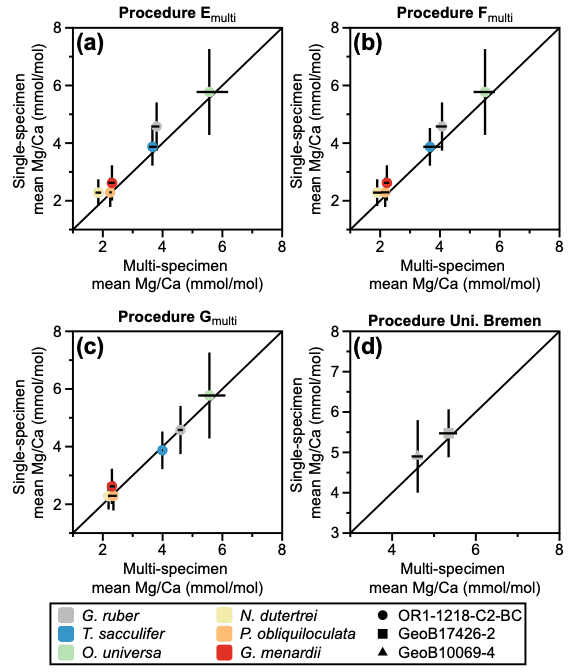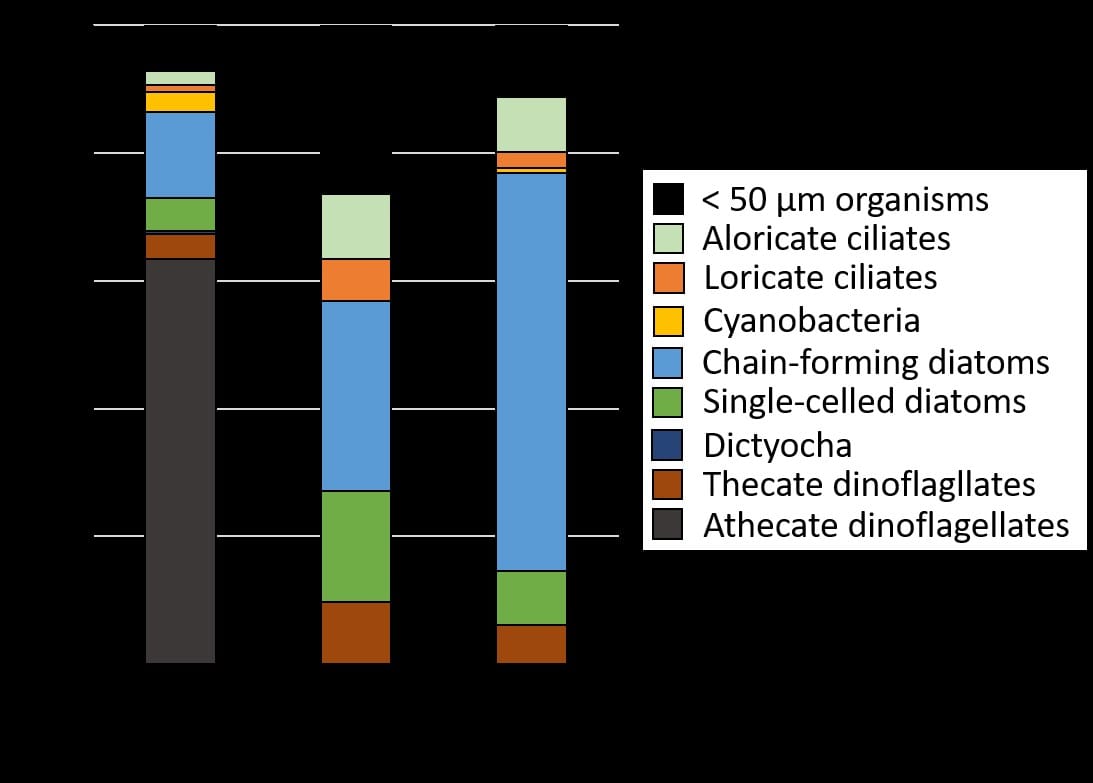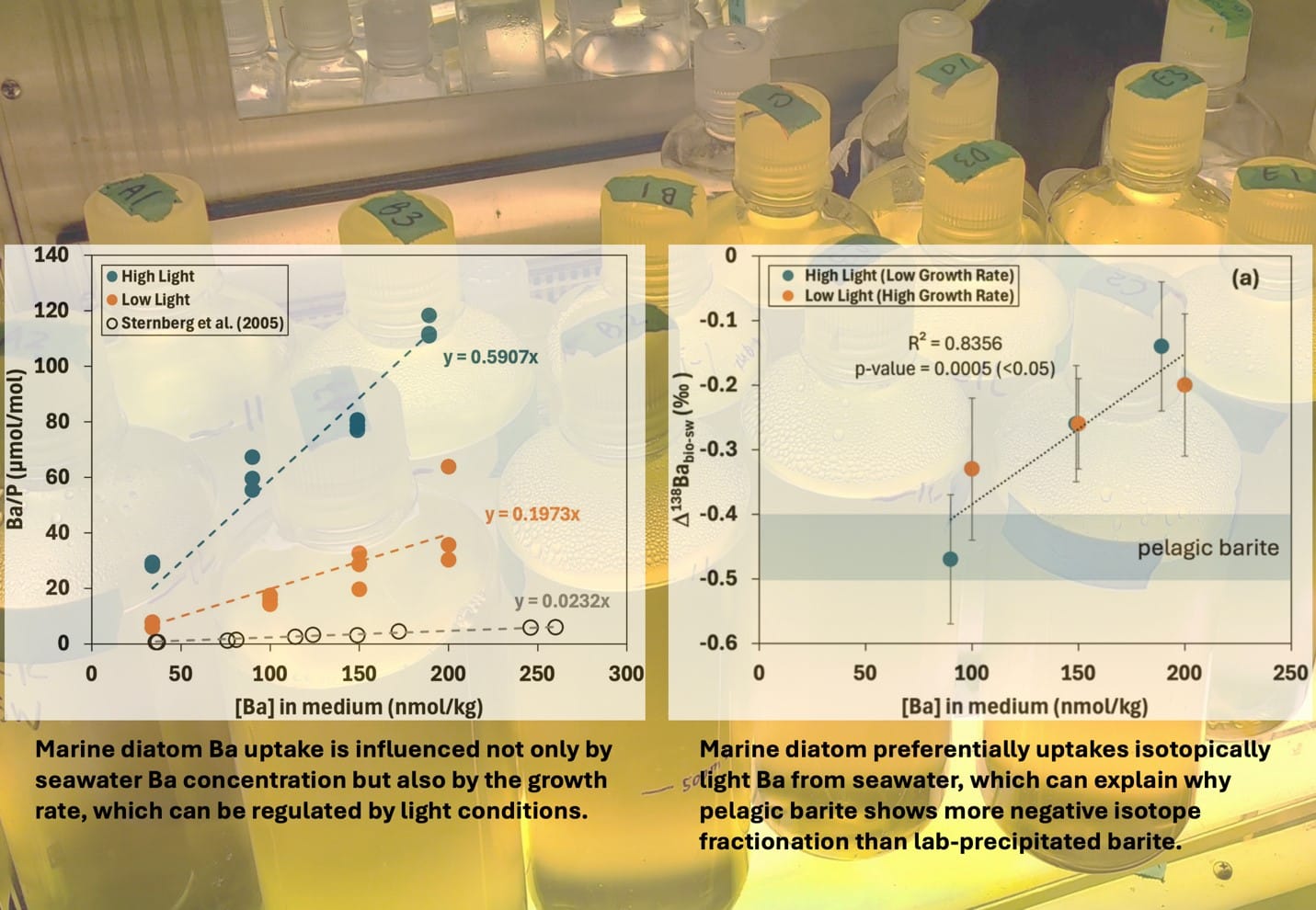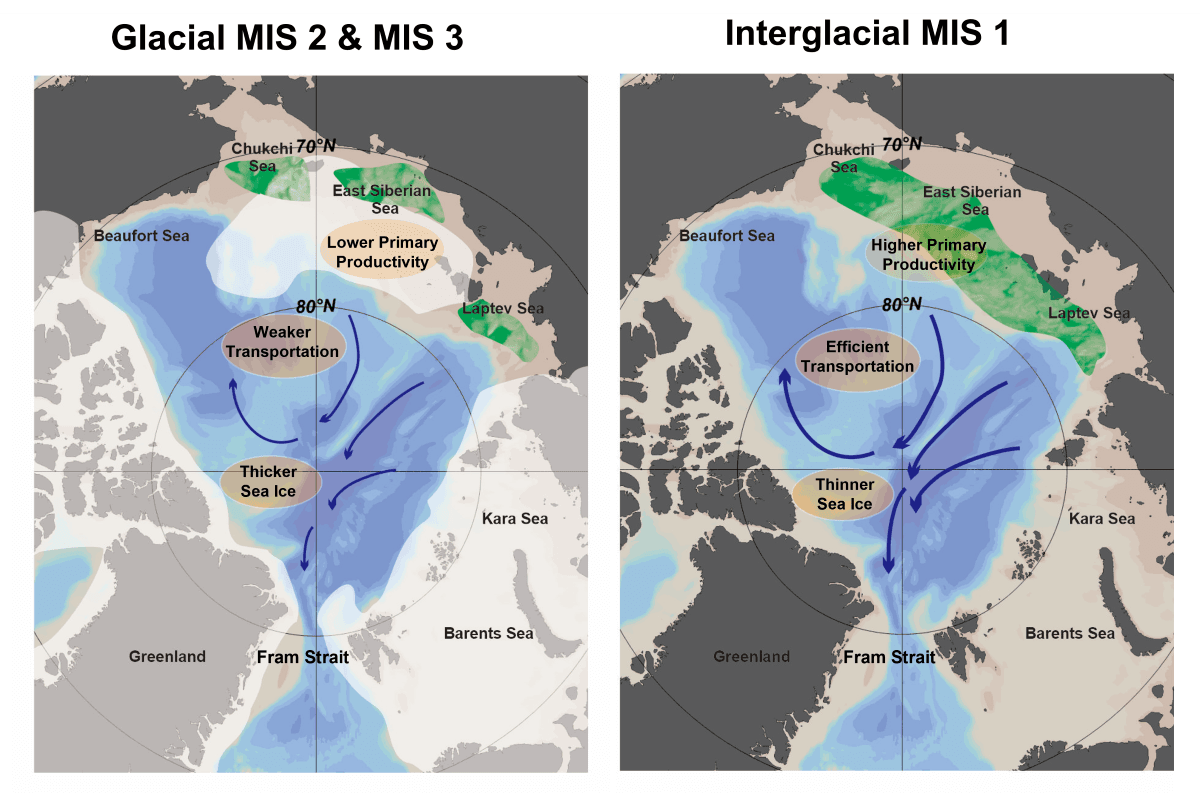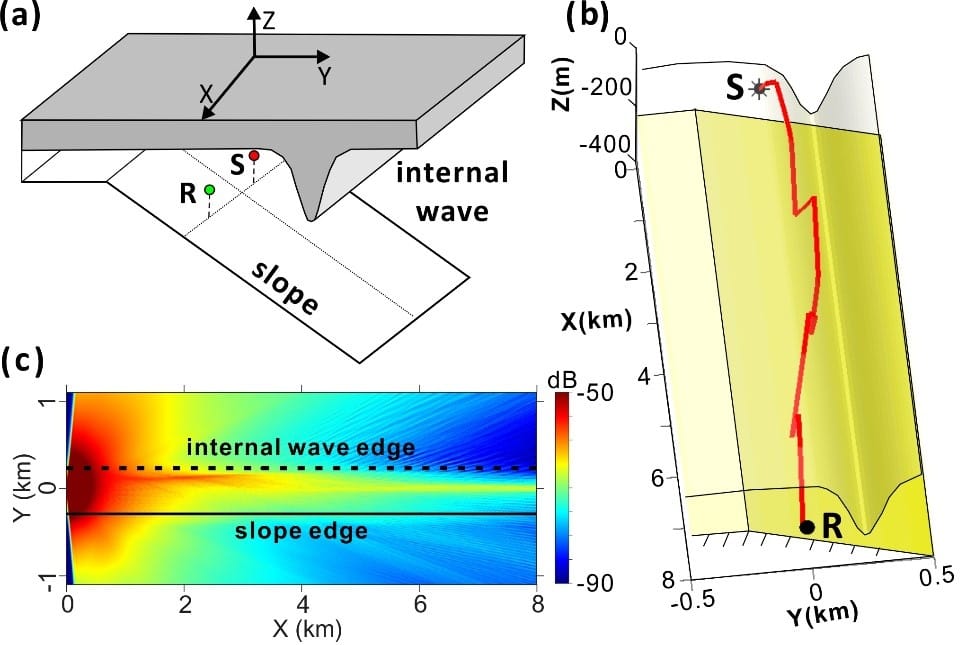Estuaries are important habitats for fishes and the understandings of habitat uses of fishes in the estuary can benefit the fishery management and species conservation. Several approaches can be used to study the habitat use of the fish. In this study, we analyze the oxygen isotope compositions (δ18Ootolith) in the otolith, which is a calcium carbonate in the inner ear to quantitatively reconstruct salinity history experience by the Japanese sea bass (Lateolabrax japonicus). Firstly, we measured the water oxygen isotope compositions (δ18Owater) and salinity from the waters collected at the middle, lower reaches and the estuary of the Danshui River. The δ18Owater values were positively related to salinity (δ18Owater = 0.18 × Salinity – 6.11, R2 = 0.98, P < 0.001). Since the spawning season of Japanese sea bass was in the winter, we assumed the fish were hatched in January 1st. Based on the catch date and the birthday, we can determined the formation date and year of each otolith subsamples milled from otolith core to the edge for the analysis of δ18Ootolith values. With the water temperature data downloaded from the database and the δ18Ootolith values, we can estimate the δ18Owater values by the fractionation equation of the carbonate (e.g. δ18Ootolith – δ18Owater = -0.27 × Temperature (℃) + 5.19). The δ18Owater values were further converted to the salinity using the first equation early mentioned. The results suggested that individual Japanese sea bass clearly revealed different preferences in habitat use. The retrospectively reconstructed salinity history indicated that L. japonicus has facultative migratory life history, which was primarily between marine and estuarine habitats with occasional entrance to freshwater habitats at age 0 to 1+, suggesting a euryhaline nature for this species. In addition, L. japonicus can spawn in seawater as well as in brackish estuaries but not in the fresh waters.


